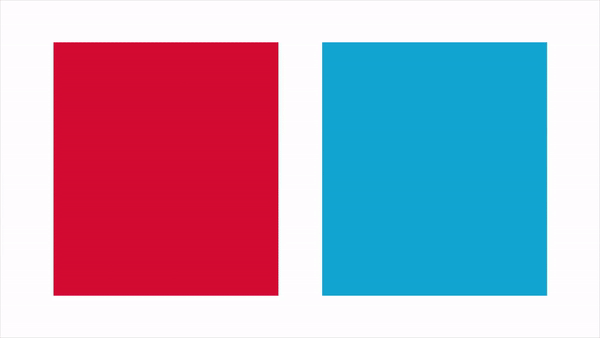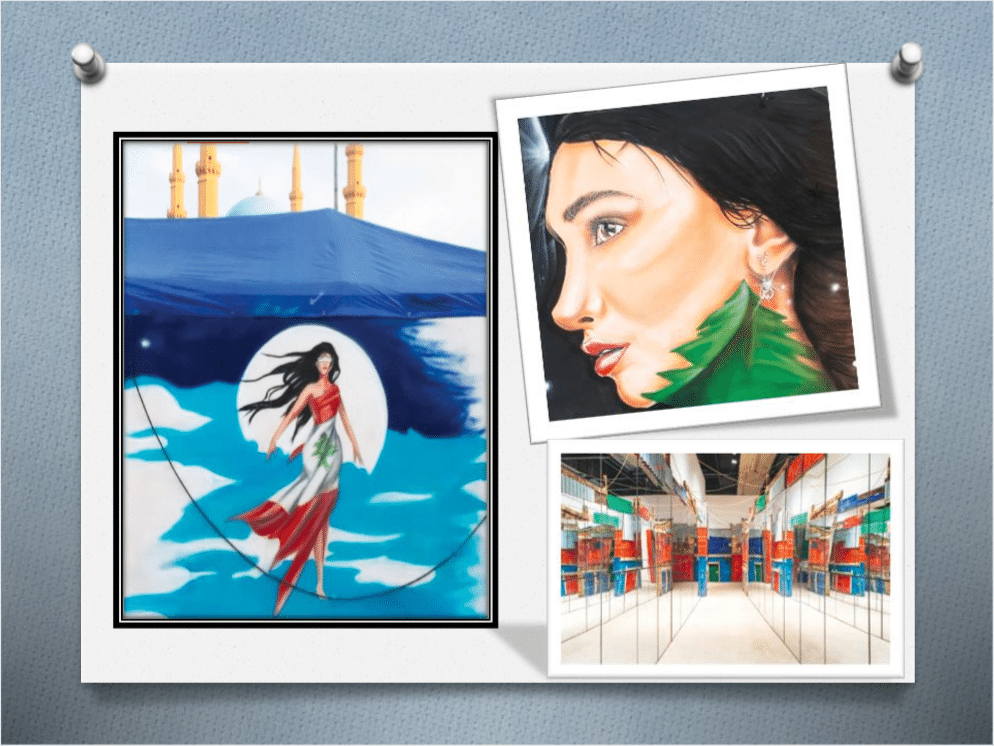One of the key aims of the IEP Ambassador Program is to introduce participants to the Positive Peace Framework. This equips Ambassadors with an awareness of the ways in which local, community-led action can be used to move towards more sustainable, peaceful societies. The use of this targeted approach is exactly what 2021 Ambassador Sara Khaled set about identifying in action around her city of Beirut, Lebanon.
Background
Over the course of the IEP Ambassador Program, participants engage in a series of webinars where they are introduced to the IEP’s Positive Peace Framework. The Positive Peace Framework involves the use of a systems-based approach to better understand the creation and maintenance of peaceful societies.
IEP’s empirically based research teaches us that the health of a society must be understood within the wider context of its ‘attitudes, institutions, and structures’. Where these are positive, they will contribute to the creation of a state of ‘positive peace’. This is as opposed to the common practice of viewing peace as being measured only by the absence of violence, also known as ‘negative peace’.

A key element of the Positive Peace Framework are the eight pillars of Positive Peace. Examples of these pillars include: the existence of a sound business environment; a well-functioning government; and an equitable distribution of resources, amongst others. Each one is interdependent on the rest, and IEP has found that because of this, it is best for changemakers to either address all of the pillars at once, or to focus in on the weakest one.
Equipped with this new way of thinking, Ambassadors are tasked with designing and implementing a peace project. For her project, Sara Khaled decided to give a presentation on the ‘Art Therapy’ project and its use of graffiti, and other forms of creative demonstration, in Beirut. Her ambition was to identify examples of how community art installations can be used to call attention to weaknesses in the Positive Peace Pillars.
In the aftermath of the tragic explosion in Beirut 2020, civil unrest has stirred. Last October saw the worst street violence in the city in 13 years, leaving at least 6 people dead. It follows years of discontent surrounding local government corruption, and other societal inequalities, which have flared during the long process of judicial investigation. The country has seen a wave of protests, with people both young and old called to action with their demands for a more peaceful and fair Lebanon.
One aspect of this wave of protest has been the use of art as a means of activism and awareness raising. One such initiative was ‘Art Therapy’, a two-month long project aimed at creating more peaceful communities in Beirut by empowering women to express themselves through the use of creative arts during Lebanon’s civil unrest. In her presentation, Sara Khaled focused on the use of such community art installations, pointing to the way they foster positive behavioural change and help to create peace among citizens. With each of the art installations Sara identified, she linked their messages to one of IEP’s Pillars of Positive Peace.

A key example was the use of the symbolic refrain “Al Thawra Ontha”, or “the revolution is a woman”, as a common motif in creative demonstration. She linked this to the Positive Peace Pillar of the Acceptance of Rights of Others. This is because Lebanon is one of the lowest ranking countries on the World Economic Forum’s Global Gender Gap Report, ranking 132 out of 156 countries in 2021. It is within this context that women have taken to the street in record numbers to protest historic inequalities, such as poor rates of economic and political participation. By personifying the revolution as a woman through art, the protestors are ensuring that these concerns remain front and center.
Ultimately, through her presentation Sara highlighted how artistic demonstration can be used by citizens to call attention to areas of weakness in the attitudes, institutions, and structures of a society. It is an unique example of a more creative approach to the local, community-led projects that IEP advocates as a means to activate and strength positive peace. Her project incorporates art as a peacebuilding tool in Beirut and underlines that arts and culture play an integral role in the promotion of peaceful societies.
If you are inspired by this story of some of our incredible IEP Peace Ambassadors, expressions of interest for our upcoming April 2022 Peace Ambassador cohort are open now.